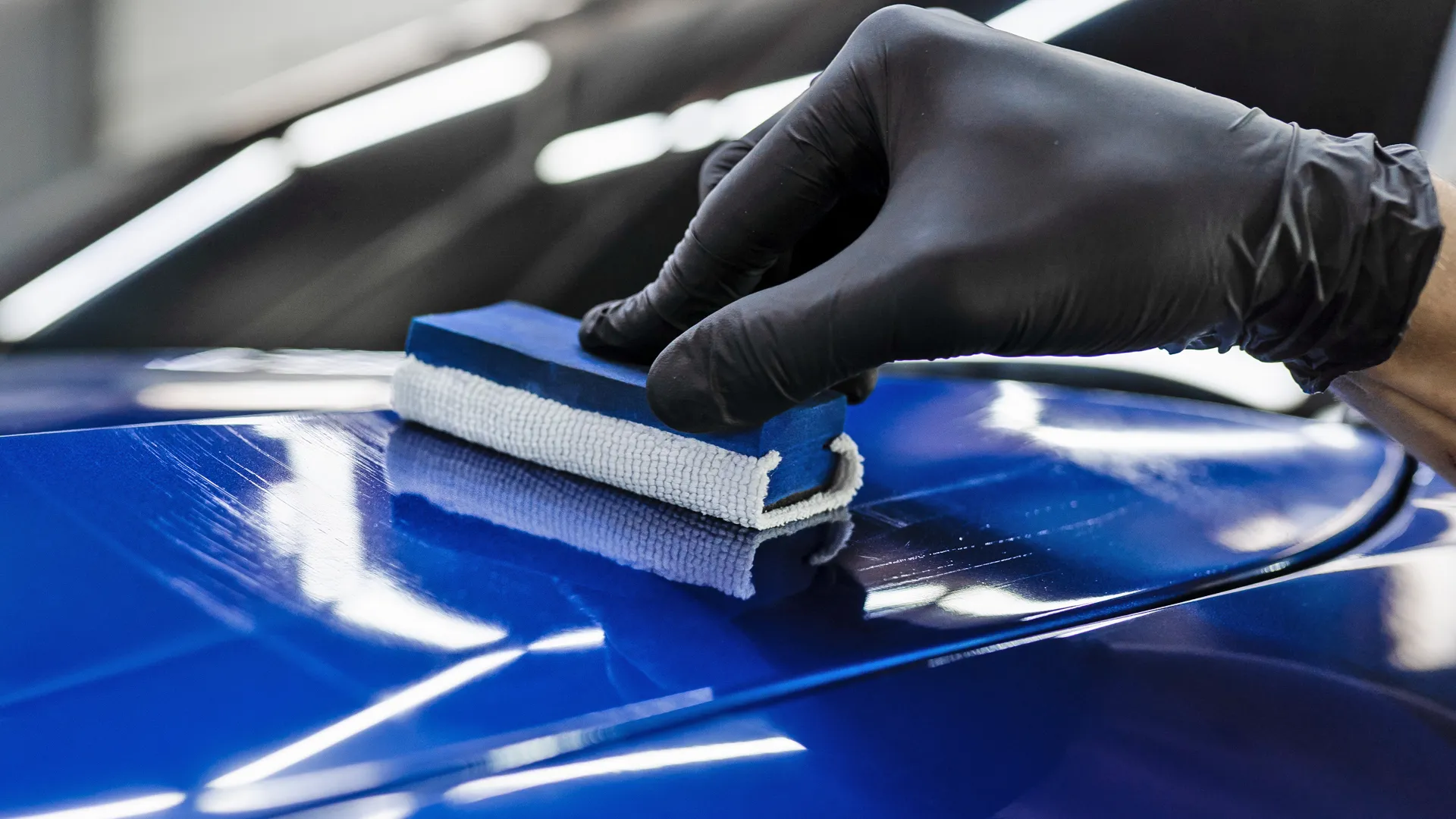A Comprehensive Overview to the Types of Ceramic Layer on the Market
Ceramic coverings have arised as a critical option across numerous industries due to their one-of-a-kind buildings and applications. From silica-based formulas recognized for their effectiveness to hybrid alternatives that combine multiple benefits, the choices offered can be overwhelming. Recognizing the subtleties of each type, including their particular benefits and ideal usage situations, is essential for making informed choices. As we check out the distinct characteristics and applications of these coverings, the effects for performance and longevity end up being increasingly apparent, raising questions concerning which kind may ideal suit your requirements.
Recognizing Ceramic Coatings
Ceramic finishes are innovative safety options that have actually gotten popularity in various sectors, particularly in automobile and aerospace applications. These finishings include a fluid polymer that, when healed, forms a sturdy, hydrophobic layer on the surface area of the substrate. This layer offers boosted resistance to ecological pollutants, UV radiation, and chemical direct exposure, therefore extending the life and visual charm of the underlying product.
The fundamental element of ceramic coverings is silica, which contributes to their hardness and toughness. The application process generally entails surface area preparation, application of the finishing, and healing, which can be achieved with warm or UV light. As soon as cured, ceramic coatings show phenomenal bonding residential properties, allowing them to adhere highly to a variety of surfaces, including metals, plastics, and glass.
Along with their protective functions, ceramic finishings additionally use ease of maintenance. Their hydrophobic nature reduces the adherence of dirt and crud, making cleansing less complex and less regular. On the whole, the adoption of ceramic coatings stands for a substantial advancement in surface protection technology, giving both useful and visual benefits throughout several sectors.
Sorts Of Ceramic Coatings
Different kinds of ceramic coverings are offered, each created to satisfy details efficiency needs and applications - scratch repair sarasota. The most typical kinds include:
Silica-based Coatings: These layers mostly are composed of silicon dioxide and are recognized for their durability and chemical resistance. They are commonly used in auto and commercial applications.
Titanium Dioxide Coatings: Distinguished for their photocatalytic buildings, titanium dioxide layers are typically used in environments where self-cleaning and antifungal buildings are preferable, such as in building materials and automotive coatings.
Zirconia Coatings: Identified by their high-temperature stability and thermal resistance, zirconia coverings are utilized in applications such as turbine engines and high-performance vehicle parts.
Alumina Coatings: Displaying superb firmness and thermal security, alumina finishes are regularly used in wear-resistant applications, including reducing devices and commercial equipment. - Paint Protection Film
Hybrid Coatings: Integrating the residential properties of various products, hybrid layers offer improved efficiency qualities, making them suitable for one-of-a-kind and demanding applications.
Each sort of ceramic finishing serves unique functions, enabling customers to select one of the most ideal remedy based on specific ecological conditions and efficiency needs.
Advantages of Ceramic Coatings
Coatings play a crucial duty in boosting the efficiency and longevity of surface areas throughout various markets. Ceramic coatings, in specific, deal numerous advantages that make them increasingly preferred among suppliers and consumers alike. Among the main advantages is their phenomenal toughness. These coatings are resistant to scrapes, chemicals, and UV rays, guaranteeing that the underlying surface continues to be secured with time.
In addition to longevity, ceramic coatings supply outstanding hydrophobic properties, permitting simple cleansing and upkeep. This water-repellent nature decreases the adherence of dust, gunk, and other pollutants, which can lengthen the visual appeal and performance of the surface. Furthermore, ceramic coverings can dramatically enhance top article thermal resistance, making them perfect for applications that withstand heats.

Application Refine
When using ceramic coverings, a careful technique is important to attain optimum results. A clean surface guarantees proper bond of the finish.
Once the surface area is prepped, the next step is to apply the ceramic covering. This can be done utilizing an applicator pad or a microfiber cloth, making certain even coverage. It is crucial to operate in small areas to keep control and stop premature curing. The finishing should be applied in thin layers, as thicker applications can lead to uneven surfaces.
After application, the finishing requires a details curing time, commonly ranging from a few hours to a full day, depending upon the product. During this time, it is vital to prevent direct exposure to wetness or impurities. A gentle buffing may be required after treating to improve the gloss and eliminate any kind of high areas. Following these steps carefully will make best use of the performance and durability of the ceramic layer, providing a resilient safety layer for the surface area.
Maintenance and Durability
To make certain the long life and effectiveness of a ceramic covering, normal upkeep is essential. Ceramic finishings, understood for their durability and safety qualities, call for specific treatment routines to maximize their lifespan and performance.
In enhancement to normal cleaning, regular examinations are essential. Seek signs of wear or damage, such as hydrophobic residential or commercial properties decreasing or surface blemishes. If necessary, a light gloss may be put on invigorate the layer without removing it away.
Furthermore, the application of a booster spray can boost the covering's hydrophobic effects and restore its gloss. This is especially beneficial for finishes that have been in use for an moved here extended duration. Eventually, by sticking to these maintenance methods, one can dramatically prolong the life of a ceramic layer, ensuring that it proceeds to give optimum defense against ecological elements and preserve the visual appeal of the car.
Verdict
